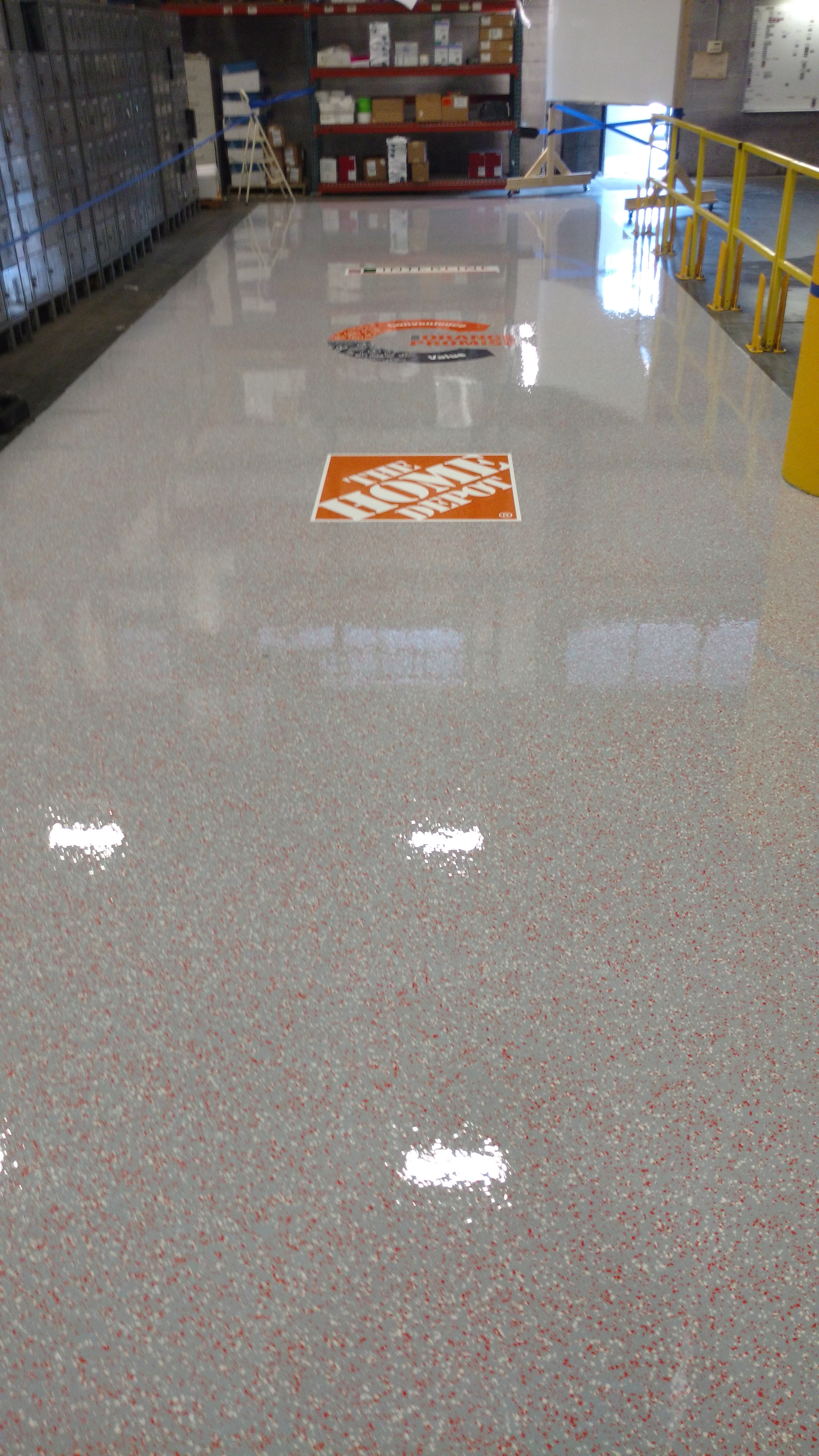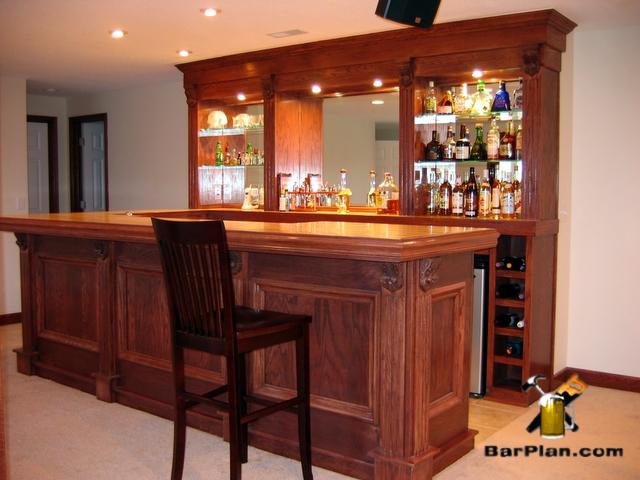Within every one of the examples above it is vital that you know the breadth and length of the garage of yours. Installing roll out like garage floor mats does not demand any special knowledge. When you install a coating on the garage floor of yours, this will have many benefits. They are not like floor paints, which require strict planning and long drying time.
Do It Yourself Garage Flooring

Garage flooring surfaces are usually concrete and not just any kind of paint can be properly put on inflicted on our surface area. Many people consider the concrete floor they park their automobile on nightly as the sole storage area flooring which is present. Tiles will help with this question by fighting slip as well as fall accidents. The several floorings have requirements for their installation.
17 Cheap Garage Updates You Can Do Yourself Diy paint booth, Paint booth, Garage update

Common fluids which frequently eliminate a garage concrete flooring are motor oils, drinking water, along with other chemical substances that happen to be often stored as well as found in any garage. Most people that spend time working in the garage of theirs will use it as a wood shop or maybe automobile store. But there are different sorts of garage flooring for you to pick from.
Best Garage Flooring Ideas : Garage Floor Finishing Ideas Metafact Co / You simply unroll it on
180 Garage Flooring ideas in 2021 modular tile, flooring, easy diy home projects

Chicago Garage, Basement, Commercial and Industrial Flooring by Broadleaf Garage Flooring

Garage Floor Ideas – 8 Easy and Affordable Options – Bob Vila

How to Create the Ultimate Garage – FlooringInc Blog

DO-IT-YOURSELF Mini Nights Clubs to Jumble Your Residence Style – Homes Tre Industrial

2021 Comparison of Garage Flooring Options, Least to Most Durable

TKO Concrete Epoxy Flooring Contractor

Interior Concrete Ideas, Basement Floors, Garage Floors, Living Rooms & Kitchens

DIYers and S’mores Lovers: DIY Fire Pits You Can Build

Garage Tips – Flooring Options – YouTube

Considering Different Options For Garage Flooring Home Development Center

Do It Yourself Home Bar Project Photos Easy Home Bar Plans

Related Posts: